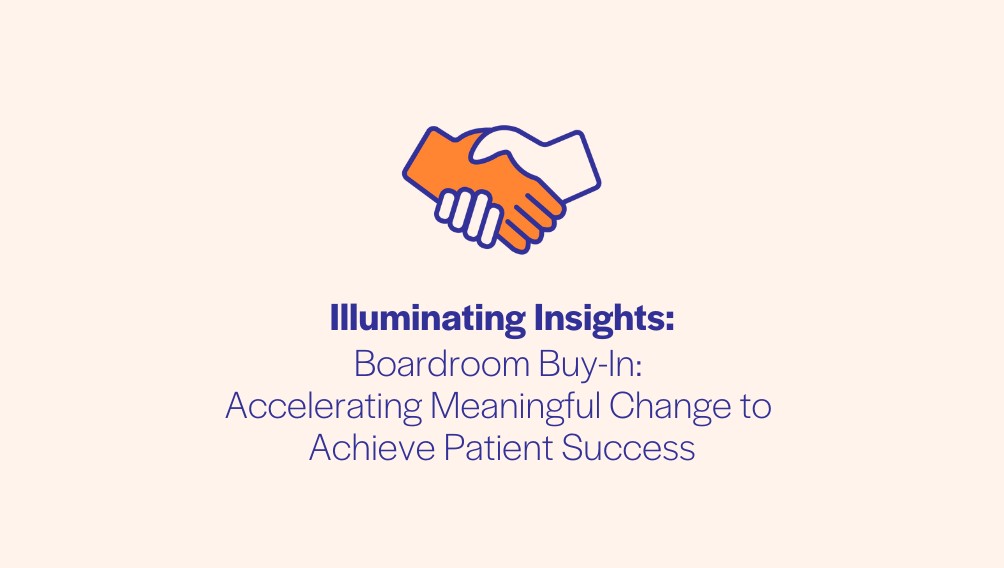Boardroom Buy-In: Accelerating Meaningful Change to Achieve Patient Success

When Michelle Winfield-Hanrahan took the helm as Clinical Chief Access Officer & Associate Vice Chancellor of Access at University of Arkansas for Medical Sciences (UAMS) in February of 2021, her mission was clear: find a patient engagement platform that supports the institution’s vision. While many platforms offered text messaging solutions, Michelle found Luma Health to be unique in their approach. “Luma really understood what we were looking for and they were willing to partner with us to determine the best fit for our organization,” emphasized Michelle.
One of the main issues Luma addressed for UAMS was the need for patients to effectively reschedule their appointments. Patients who canceled appointments often struggled to find a convenient time for rescheduling, resulting in gaps in needed care, longer wait times, and increased manual work for staff. These challenges ultimately affected the continuity and quality of patient care.
The Journey to Boardroom Buy-In
For Michelle, obtaining buy-in from the organization’s key stakeholders and senior leadership was a crucial milestone. As a new executive at UAMS, she faced the challenge of gaining support to invest in Luma. This milestone wasn’t just about getting approval for Luma; it was also a chance to improve the way UAMS delivers healthcare. Getting stakeholder support not only validated her vision but it also marked a turning point in modernizing UAMS’s healthcare delivery to meet the ever-changing needs of patients and staff.
Here’s Michelle’s blueprint for boardroom buy-in:
1. Align with Organizational Goals
Initiatives should focus and align with the goals of the strategic organization, such as delivering positive patient outcomes and satisfaction. Michelle shared with stakeholders that embracing technology like Luma could reduce patient no-shows, streamline workflows, and improve patient experience. “We didn’t want to lose revenue or compromise patient care, so this became a strategic initiative,” she explained.
2. Create Momentum Across Departments
Positive buy-in from one department can lead to interest in adopting the technology from other departments, fostering a culture of continuous improvement and cross-team collaboration. “Once we saw the success of the texting capability and rescheduling in one department, it sparked interest from others. They saw how we were solving our problems, and other departments started reaching out, asking if we can implement this in their areas. We’re quickly rolling it out to the next service lines,” Michelle mentioned.
3. Showcase Progress and Impact
It is important to ensure that the tool’s impact across different areas plays a role in delivering excellent patient care, streamlining administrative tasks, and keeping operations running smoothly. To show how it affects patient care and operational efficiency, this involves using detailed data reports.
“Luma’s ability to show us everything that we’re doing from their reporting capability has been instrumental in getting better patient communication moving throughout the organization,” Michelle notes.
These reports help put actionable insights into perspective in order to make improvements in daily operations. From reducing the number of canceled appointments to ensuring patients are seen on time and maintaining patient satisfaction—these reports highlight the important role Luma’s suite of solutions plays in improving patient care.
Transforming Healthcare Together
Michelle’s success at UAMS is the story of healthcare evolution: how technology and collaboration can shape patient success. Partnering with Luma Health can help organizations like UAMS usher in a new era where patients can actively participate in their own healthcare journey.
Interview based on October 25, 2023 Patient Access Collaborative webinar featuring Luma Health and Michelle Winfield-Hanrahan of UAMS.